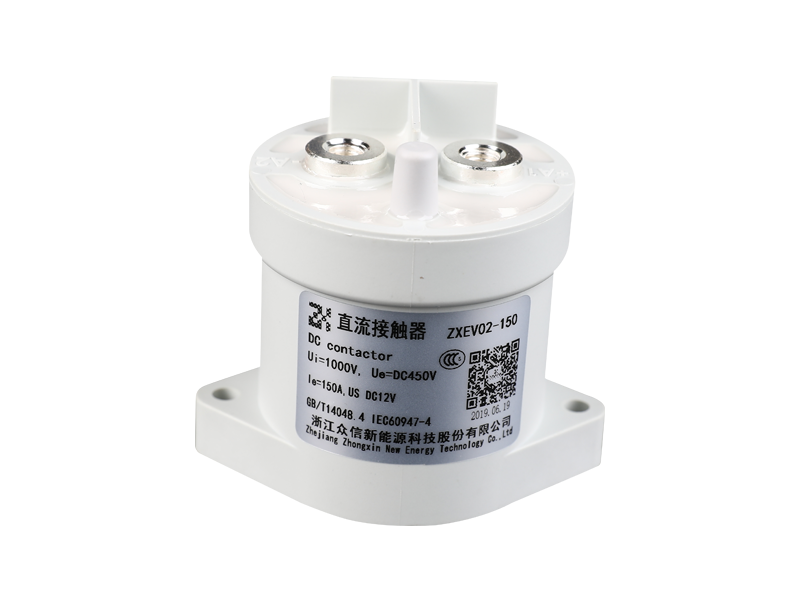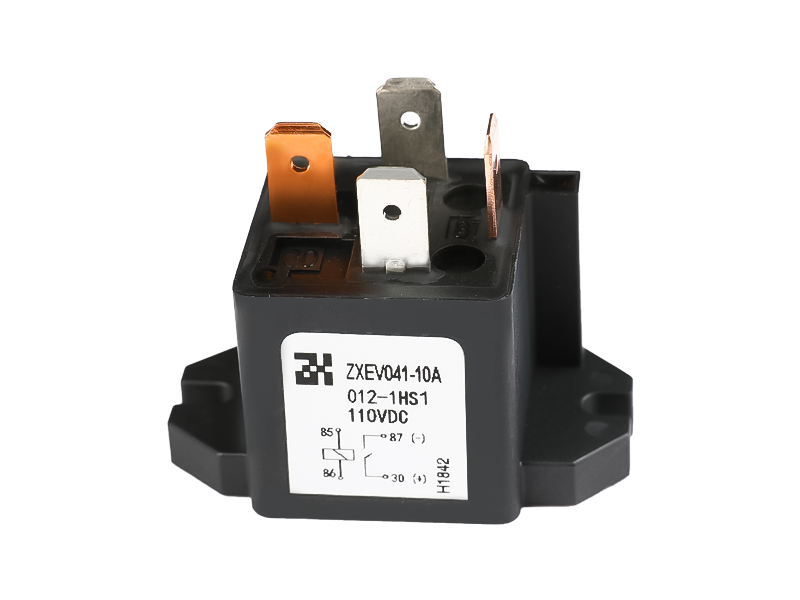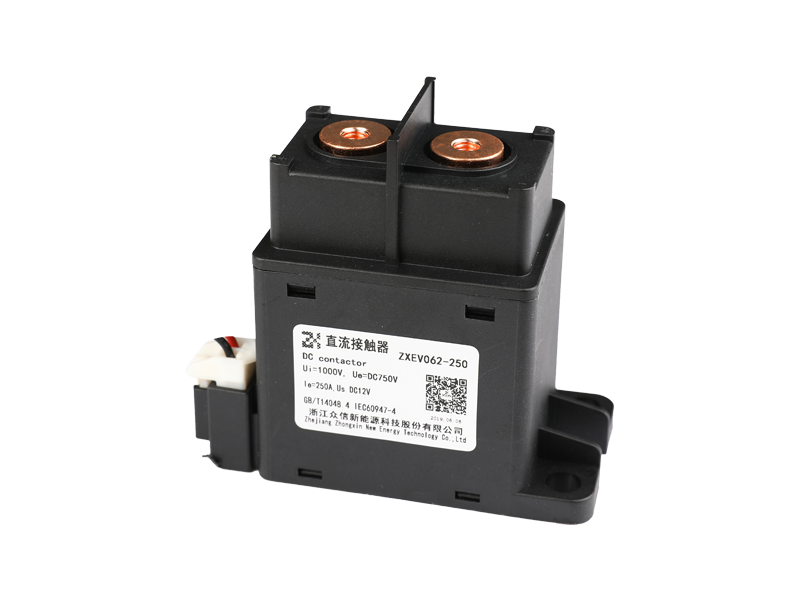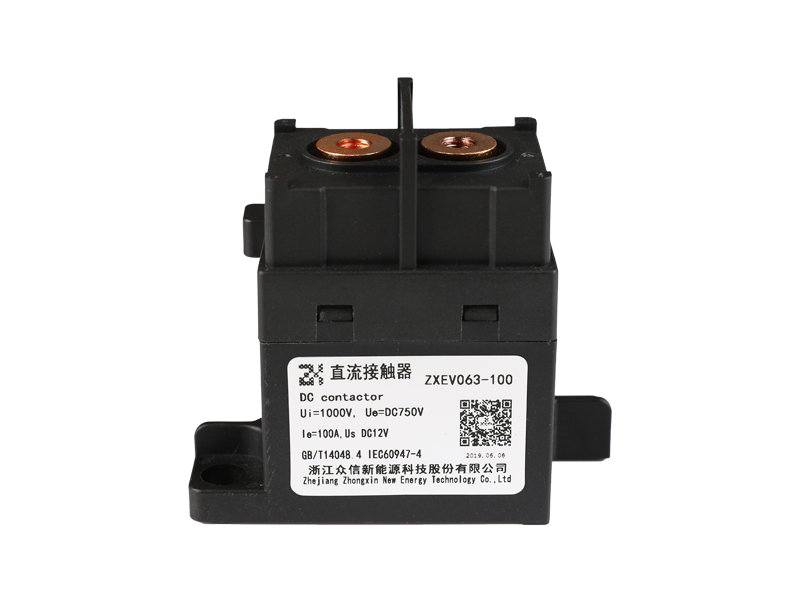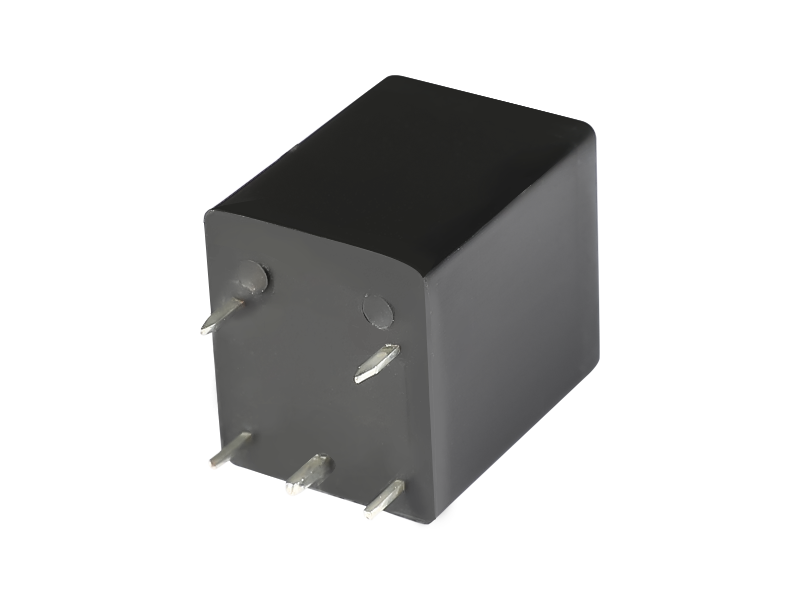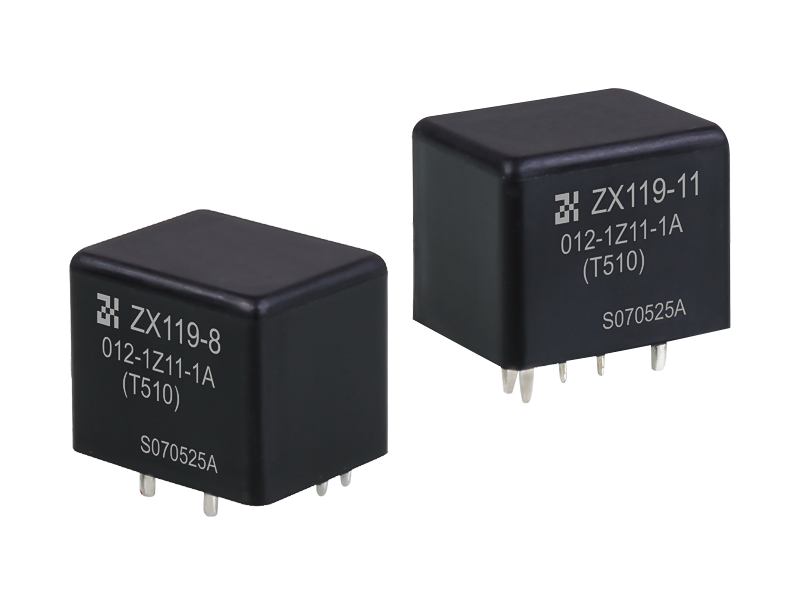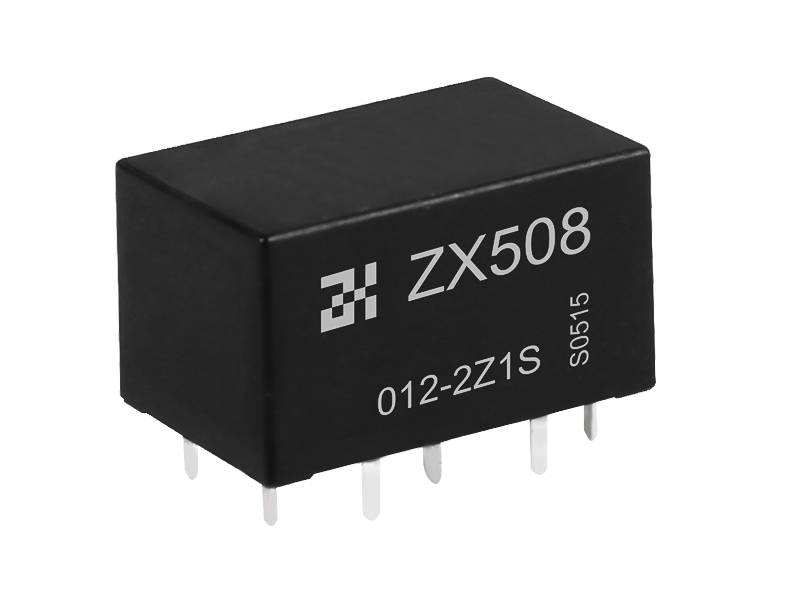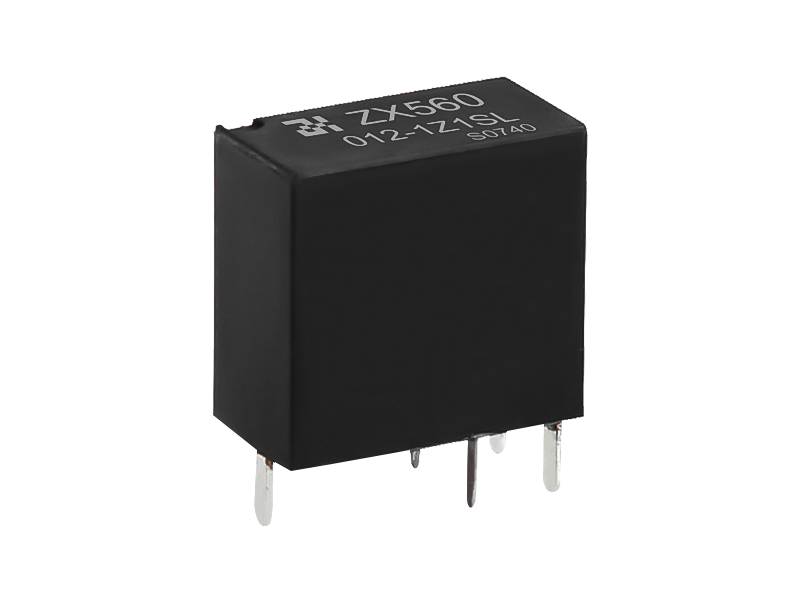In the realm of electrical and electronic control systems, relays play a crucial role in the seamless operation of various devices and equipment. Among the different types of relays available, magnetic latching relays have gained significant attention for their unique ability to maintain their state without continuous power consumption.
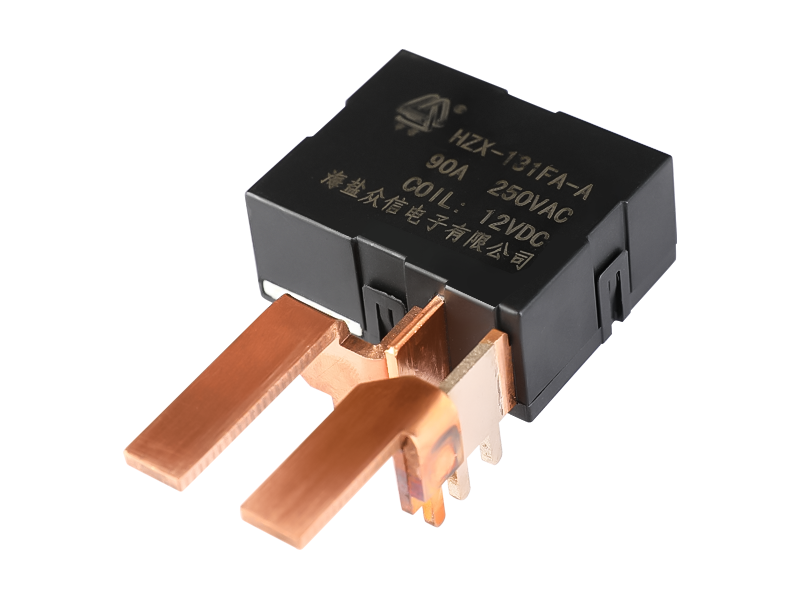
Understanding Magnetic Latching Relays:
Magnetic latching relays, also known as bistable relays or impulse relays, are electromechanical devices designed to maintain their last switching state, either open or closed, even after the control signal is removed. Unlike conventional relays that require continuous power to maintain their state, magnetic latching relays use a permanent magnet to latch the contacts in position until an opposite polarity pulse is applied.
Working Principles:
The core working principle of magnetic latching relays relies on the interaction between the magnetic field generated by the permanent magnet and the control coils. When a suitable voltage is applied to the coil, it creates a magnetic field that attracts the armature and forces the contacts to change position. Once the desired position is achieved, the polarized magnet keeps the contacts latched in place until a reverse polarity pulse is applied to the control coil, releasing the latch and allowing the contacts to return to their initial state.
Energy Efficiency: Magnetic latching relays are highly energy-efficient since they consume power only during the transition between states. Once latched, they require no power to maintain their position, making them ideal for battery-operated or power-sensitive applications.
Reliable Operation: The latching feature of these relays ensures that even in the event of a power failure or control signal loss, the contacts remain in their last state. This characteristic makes magnetic latching relays highly reliable in critical control systems where maintaining the current state is essential.
Reduced Heating: Continuous power flow through conventional relays can lead to heat generation, potentially affecting the performance and lifespan of the device. Magnetic latching relays minimize this issue by operating without continuous power flow, resulting in reduced heating and improved overall reliability.
Noise Immunity: Magnetic latching relays exhibit high resistance to electromagnetic interference (EMI) and noise, thanks to their stable and self-latching design. This attribute makes them suitable for applications where noise suppression is critical, such as in industrial automation and control systems.
Applications of Magnetic Latching Relays:
Magnetic latching relays find applications across various industries, including:
Energy Management Systems: These relays can be used in energy metering systems to control power distribution and monitor energy consumption efficiently.
Home Automation: Magnetic latching relays enable the remote operation of lighting, HVAC (heating, ventilation, and air conditioning), and other household appliances, enhancing energy efficiency and user convenience.
Industrial Controls: They are employed in control panels, motor control systems, and safety interlocks in industrial settings, providing reliable switching and control functionality.
Automotive Electronics: Magnetic latching relays are used in automotive applications such as power window controls, door locks, and lighting systems, improving energy efficiency and reducing power consumption.
Magnetic latching relays offer a range of advantages, including energy efficiency, reliability, reduced heating, and noise immunity, making them an excellent choice for various control system applications. Their ability to maintain the switched state without continuous power consumption ensures energy savings and enhances the overall efficiency and performance of electrical and electronic systems.


